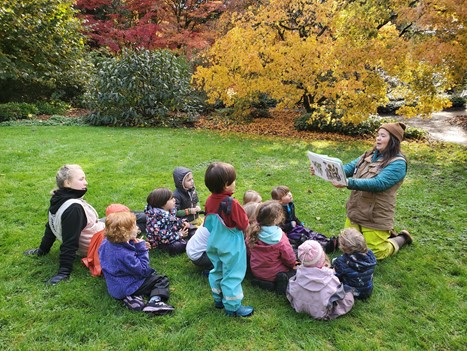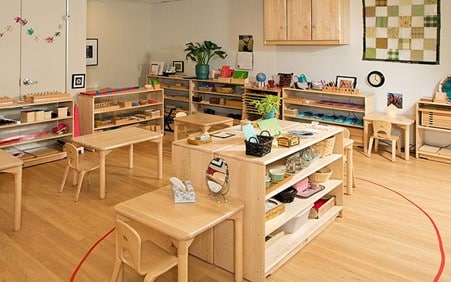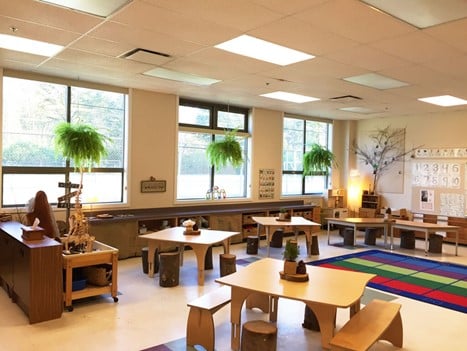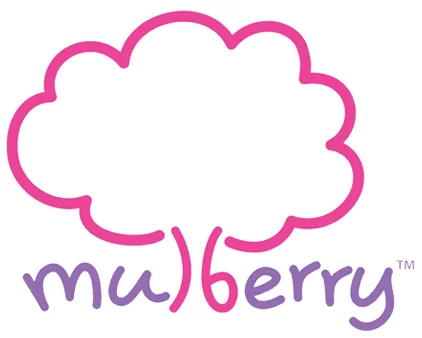Nature-Based Learning: Connecting Toddlers With the Outdoors
Nature-Based Learning: Connecting Toddlers With the Outdoors

Outdoor learning is a hot topic these days, particularly considering COVID-19. This is for a valid purpose! We know that spending time in nature is beneficial for kids’ cognitive and social-emotional development in addition to their physical health.
Even with this knowledge, however, it may still be a difficult undertaking to get kids outside. This is particularly true when teaching and learning have shifted from spending little time outside to utilising nature as the focal point, or “nature-based learning.” Fortunately, minor adjustments can have a significant impact.
You can begin implementing nature-based learning by making a few little changes to your kids’ daily routine, physical surroundings, or interactions that will lead to increased outdoor learning.
Here are some pointers to help you start implementing nature-based learning.
Plan Your Day to Spend More Time Outdoor

Organising your class schedule to include additional outside time is the first tip. While outdoor time at the end of the day is frequently restricted by school dismissal, this offers you the option to extend if the kids are playing.
Occasionally, we come across reluctance to begin the day outside because many institutions provide breakfast. Having snacks or even just relaxing on sunny, warm days is another opportunity to spend more time outside.
Children will eventually grow so accustomed to being outside that they will want to spend as much time there as possible, even on gloomy and rainy days. Naturally, it’s important to make sure kids are dressed appropriately for those days so they can keep dry and warm.
Establish a Nature-Rich Classroom

Establishing a classroom with deliberate connections to nature and a nature-rich setting is a second strategy to promote nature-based learning. Naturally, the term “classroom” refers to both the enclosed area and the outside play area, as well as locations outside of fences, like nearby parks or nature centres.
Choosing resources that address, relate to, or aid children in making sense of their outdoor experiences is the first step in developing a classroom that is rich in natural elements. “Loose parts” are the materials that work best for this.
Whether they are made of plastic or come from nature, loose parts are versatile and can be used by kids for a variety of play activities. Additionally, loose parts can be utilised indoors for activities like sorting, pattern-making, painting projects, and more.
Integrate Learning Experiences Indoors and Outdoors

Kids can learn pleasantly when you incorporate the outdoors into your classroom. Research indicates that interacting with nature can help kids feel more at peace, enhance their sensory abilities, lengthen their attention spans, and give them a sense of independence. Even while we can’t spend all our time outside, we can still bring the outside in. Here’s how to do it:
- Consider Plants
Having a lot of plants in your classroom is a simple way to bring the outside in! Plants brighten your space, bring the outdoors in, and enhance the quality of the air. You may select a combination of green and flowering plants and discuss how the various kinds grow differently from one another. Additionally, these plants can be utilised to teach measurement and data chart creation.
- Images and Charts for the Weather
Finding out what’s going on outside is a part of bringing the outside inside. You don’t need to wait until your course requirements specify that you keep track of the weather. You can include a daily weather talk in science or the morning meeting.
Adding images of stunning natural settings to your walls is another way to bring the outside in. To provide learners a different perspective of nature than what is just outside their window, you might wish to select images from distant places.
Hopefully, these tips about integrating learning across media, designing learning spaces that link to the natural world, and just getting outside more may assist you in incorporating nature-based learning into your classroom.
Mulberry School Tour
Our Locations
Click here to visit our Contact Us page and view the preschool/infant care centres conveniently located near you.
CONNECT WITH US
USEFUL LINKS
About Us
Mulberry Learning prides itself on making the preschool experience both memorable and enjoyable while transforming a child into a competent explorer, an imaginative thinker, and a creative problem solver. Through our proprietary award-winning curriculum, unique Habits of Mind programme and dedicated staff who are passionate about imparting positive attitudes, Mulberry Learning holds strong in its promise to deliver a holistic education that nurtures the Future Ready Child.
A PREMIUM PRESCHOOL BRAND UNDER GLOBAL EDUHUB


